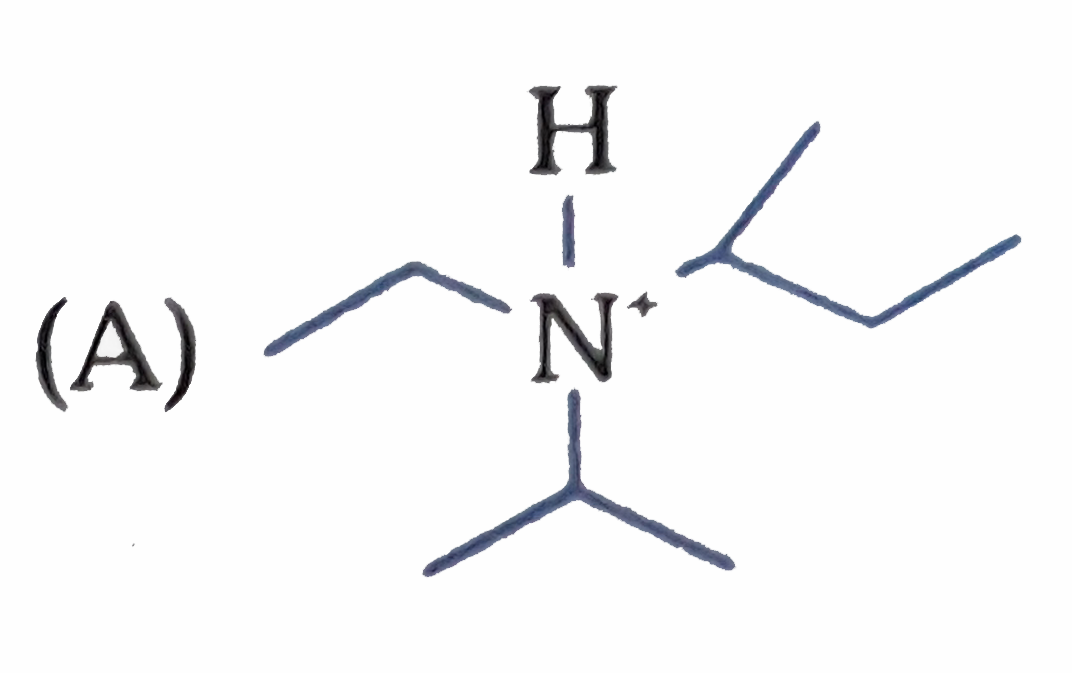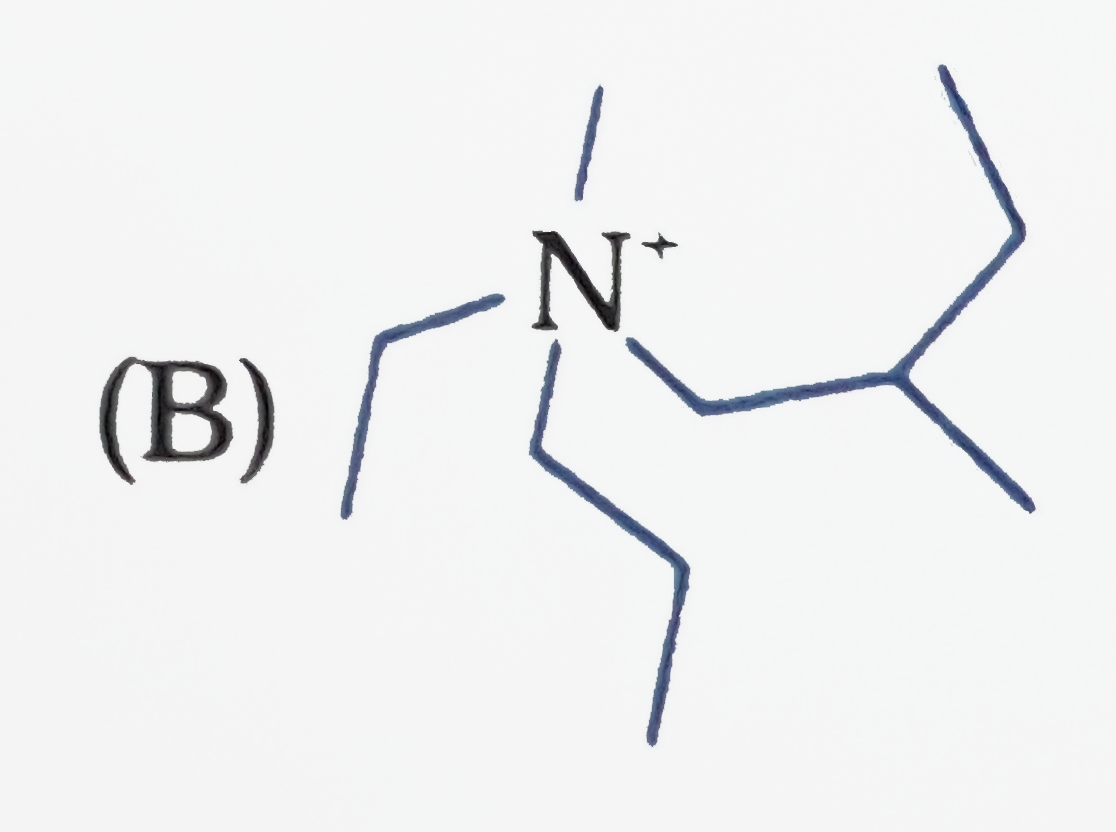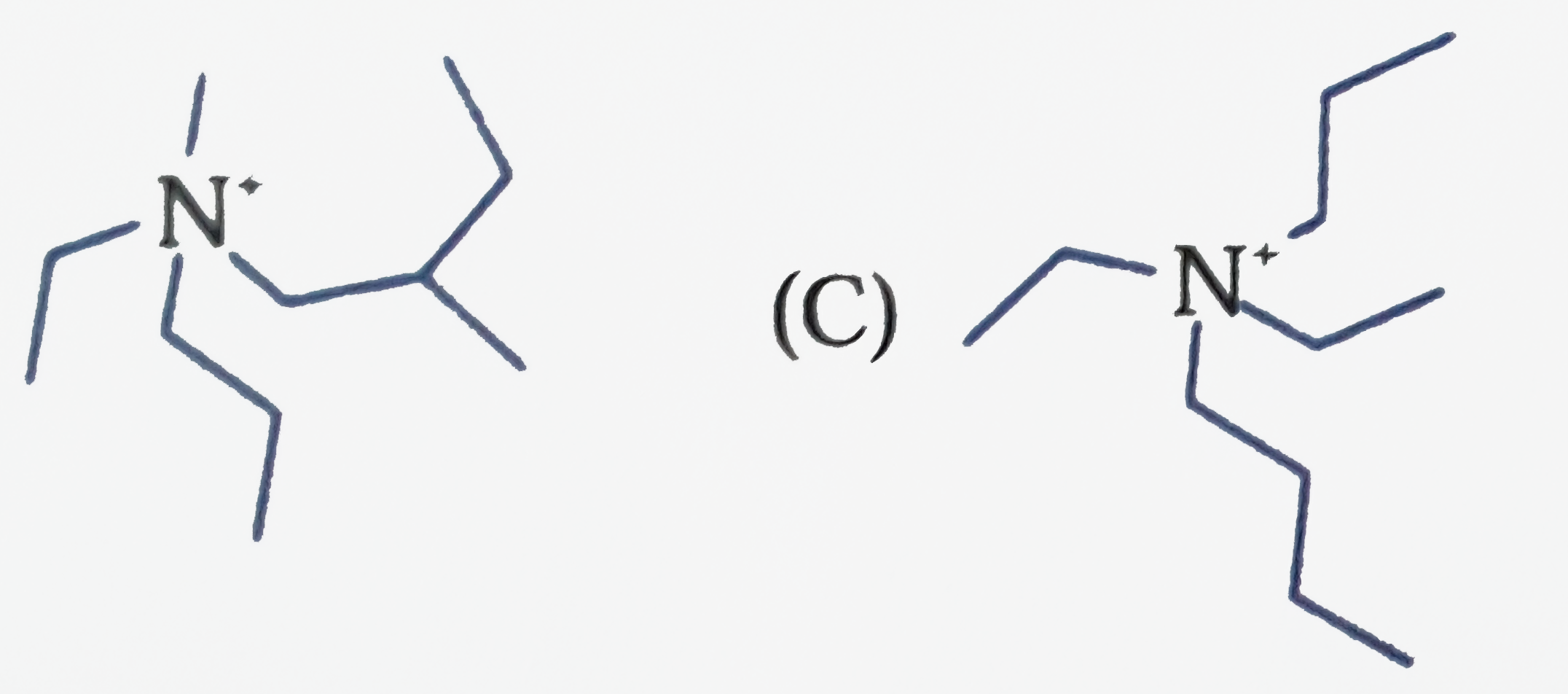Giving plausible explanation for each of the following:
i. Cyclohexanone forms cyanohydrin good yield but 2,2,6-trimethylcyclohexanone does not.
ii. There are two (−NH2) groups in semicarbazide. However, only one is involved in the formation of semicarbazones.
iii. During the preparation of esters from a carboxylic acid and an alcohol in the easter should be removed as soon as it is formed.

In cyclohexanone, the attack of CN− ion (nucleophile) can easily take place at the carbonyl carbon atom. However, in 2, 4, 6-trimethylcyclohexanone, the three CH3 groups being electron releasing in nature (+1 effect) will considerably incease the electron density on the carbonyl carbon atom and the nucleophile attack does not seem to be feasible. Moreover, the two-CH3 substituents at the ortho positions will also hinder the attack of nucleophile CN− ion on the carbonyl group.
(i) The structural formula of semi-carbazide is NH2NHCONH2. Although both the aminogroups have lone electron pair, but one of these is in conjugation with electron withdrawing carbonyl group and acquires positive charge. Therefore, it is not in a position to act as the nuclephile and only one NH2 group is involved in the formation of semicarbazone.

(iii) The esterification carried in the presence of acid is fo reversible nature and the reverse reaction is called ester hydrolysis.
RCOOHAcid+ROHAlcoholEsterification⇐=====⇒HydrolysisRCOOREstar+H2O
In order that the reaction may proceed in the forward direction, ester or water formed in the reaction must be removed. Sulphuric acid added in esterification helps in removing moleculs of H2O as it is a dehydrating agent.
Topper's Solved these Questions
- CARBOXYLIC ACIDS BOOK - DINESH PUBLICATIONCHAPTER - CARBOXYLIC ACIDS EXERCISE - SHORT ANSWER TYPE QUESTIONS
19 Videos
- CARBOXYLIC ACIDS BOOK - DINESH PUBLICATIONCHAPTER - CARBOXYLIC ACIDS EXERCISE - LONG ANSWER TYPE QUESTIONS
4 Videos
- CARBOXYLIC ACIDS BOOK - DINESH PUBLICATIONCHAPTER - CARBOXYLIC ACIDS EXERCISE - N.C.E.R.T. IN-TEXT QUESTIONS
8 Videos
- BIOMOLECULESBOOK - DINESH PUBLICATIONCHAPTER - BIOMOLECULESEXERCISE - MATRIX - MATCH TYPE
8 Videos
- CHEMICAL BONDING AND MOLECULAR STRUCTUREBOOK - DINESH PUBLICATIONCHAPTER - CHEMICAL BONDING AND MOLECULAR STRUCTUREEXERCISE - Unit Test - 1
20 Videos
Similar Questions
Giving plausible explanation for each of the following:
i. Cyclohexanone forms cyanohydrin good yield but 2,2,6-trimethylcyclohexanone does not.
ii. There are two (−NH2) groups in semicarbazide. However, only one is involved in the formation of semicarbazones.
iii. During the preparation of esters from a carboxylic acid and an alcohol in the easter should be removed as soon as it is formed.
View SolutionGive possible explanation for the following : (i) Cyclohexanone forms cyanohydrins in good yield but 2,2,6 trimethyl-cyclohexanone does not .
View Solution
Knowledge Check
Three isomeric tetracarboxylic acids (I),(II), and (III) are given.

They can be distinguised by anhydride formation by treating with one equivalent and two equivalents of SOCl2.
Which tetracarboxylic acid on reaction with one equivalent of SOCl2 gives only one monoaanhydride ?A(I)B(II)C(III)DBoth (II) and (III)Statement. It is reported that during the last fortnight there has been three cases of near-miss situation involving two aircrafts over the busy city airport. In all these cases, both the aircraft came perilously close to each other and could avoid collision as the pilots acted just in time. Assuming the above statement to be true which of the following course of action will follow.
Courses of action : I. The pilots of all the six aircraft involved in these incidents should be de-rostered immediately. II. Some flights should be diverted to other airports for the next few months to decongest the sky over the city airport. III. Air traffic controllers of the city airport should be sent for refresher courses in batches to prepare themselves to handle such a pressure situation.
1) Only I follows
2) Only II follows
3) Only III follows
4) Only II and III followAOnly I followsBOnly II followsCOnly III followsDOnly II and III followAmines are less reactive in substitution reactions. Their reactivity is much lesser than alcohols and alkylflourides towards substitution. Protonation of the amino group makes it a better leaving group, but not nearly as good a leaving group as a protonated alcohol. Protonated amino groups cannot be displaced by OH− because it would react immediately with the acidic hydrogen which would convert it in to a poor nucleophile. The leaving group in quarternary ammonium ion has about the same leaving tendency as a protonated amino group but does not have acidic hydrogen. the reaction of a quarternary ammonium ion with hydroxide ion is known as Hoffmann elimination reaction. The leaving group is tertiary amine. Since a tertiary amine is only a moderately good leaving group, the reaction requires heat. The carbon to hwich the tertiary amine is attached is designated as α carbon. When the hydroxide ion starts to remove a β H form from a quarternary ammonium ion, the leaving group does not immediately start to leave because a tertiary amine is not a good leaving group. As a result, a partial negative charge bulds up on the carbon from which the proton is removed.
Which of the following compounds when subjected to Hoffmann elimination gives an alkene which can exhibit geometrical isomerism?A B
B C
C DNone
DNone
Give plausible explanation for each of the following
(i) Cyclohexanone forms cyanohydrin in good yield but 2, 2, 6-trimethylcyclohexanone does not.
(ii) There are two - NH3, groups in semicarbazide. However, only one is involved in the formation of semicarbazones.
(iii) During the preparation of esters from a carboxylic acid and an alcohol in the presence of an acid catalyst, the water or the ester should be removed as soon as it is formed
View SolutionGive possible explanation for the following : (ii) There are two - NH2 groups is semicarbazide . However, only one is involved in formation of semi carbonzone.
View Solution(a) Give a plausible expianation for each one of the following : -
(i) There are two - NH2 groupsin semicarbazide. However, only one such group is involvedin the formation of semicarbazones.
(ii) Cyclohexanone forms cyanohydrin in good yield but 2,4,6-trimethylcyclohexanone does not.
(b) An organic compound with molecular formulaC9H10O forms, 2,4- DNP derivative, reduces Tollens' reagent and undergoes Cannizzaro reaction.
On vigorous oxidation it gives 1,2-benzene-di-carboxylic acid. Identify the compound.
View SolutionA carboxylic acid C2H4O2 reacts with an alcohol in the presence of H2SO4 to form a compound 'X'. The alcohol on oxidation with alkaline KMnO4 gives the same carboxylic acid, C2H4O2. Write the name and structure of (i) Carboxylic acid, (ii) alcohol and (iii) the compound 'X'.
View SolutionRead the passage given below and answer the following questions:
Aldehydes, ketones and carboxylic acids are few of the major classes of organic compounds containing carbonyl group. Aldehydes are prepared by dehydrogenation or controlled oxidation of primary alcohols and controlled or selective reduction of acyl halides. Ketones are prepared by oxidation of secondary alcohols and hydration of alkynes. Carboxylic acids are prepared by the oxidation of primary alcohols, aldehydes and alkenes by hydrolysis of nitriles and by treatment of Grignard reagents with carbon dioxide.
Name the main compounds A and B formed in the following reaction:
CH3CN(i)CH3MgBr−−−−−−−−→(ii)H2O+AZn(Hg)/conc.HCl−−−−−−−−−−−−→B
View Solution
